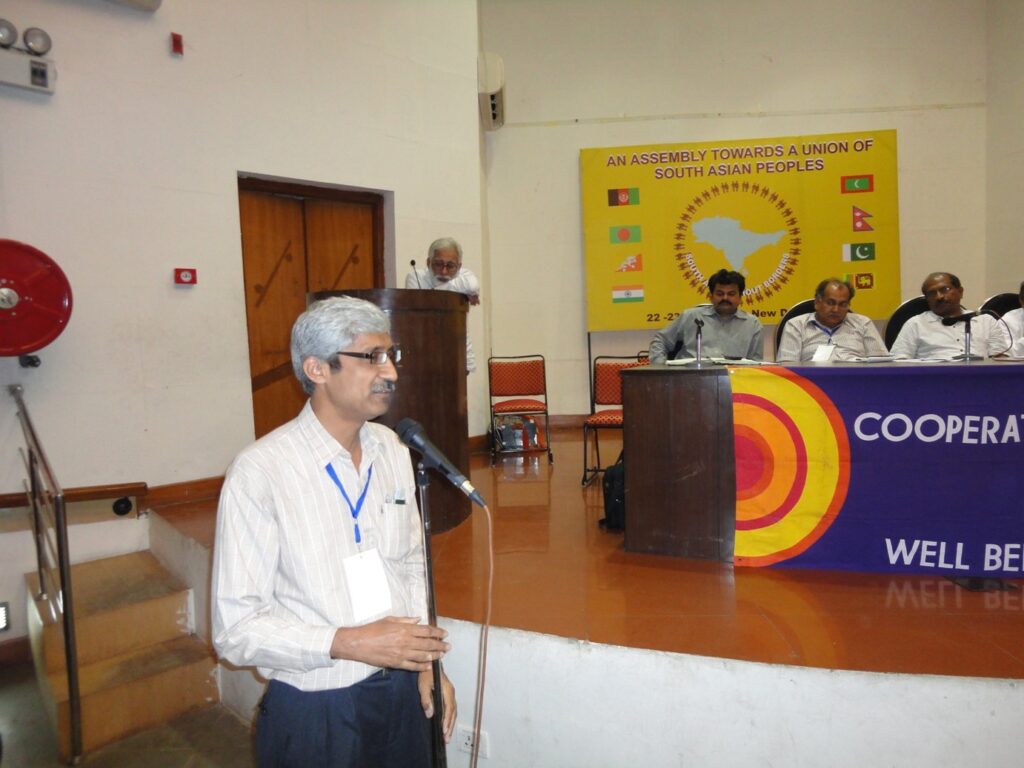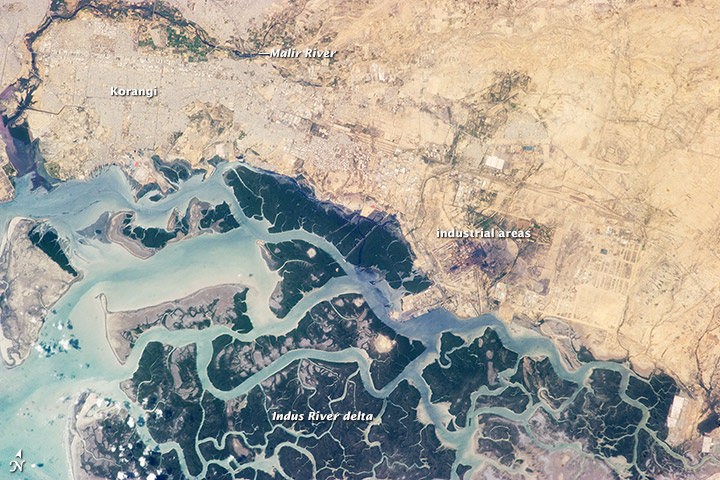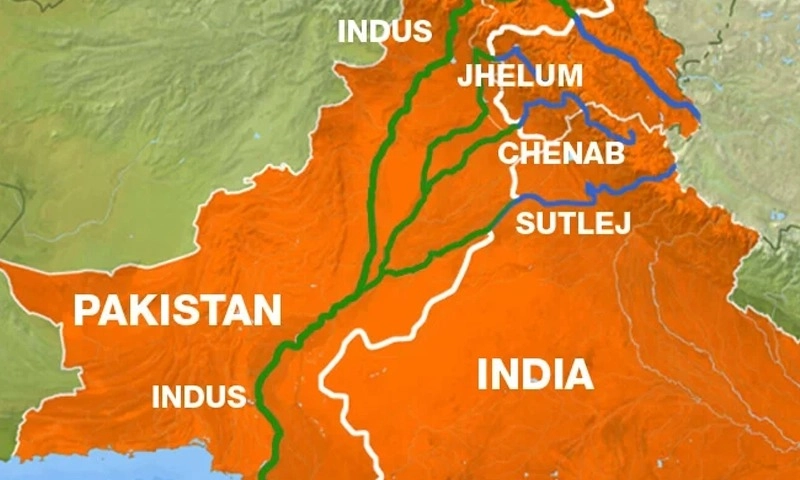How much the Indus Waters Treaty is important for the people of India and Pakistan.
2010, New Delhi. At the People’s SAARC conference, a gathering of civil society members from the South Asian Association for Regional Cooperation (SAARC), Pakistan’s delegation was quite strong. People’s SAARC usually took place on the same days as or close to those of the formal official SAARC Summit. On April 28 and 29, 2010, the 15th SAARC Summit was held in Thimphu, Bhutan. The People’s SAARC opted to host it in New Delhi after obtaining a Bhutan visa became challenging.
Indian visas for Pakistan at that time were not “so difficult” as they are now. Most Pakistanis obtained a visa without reporting to police stations. While some others had travelled from Lahore, Islamabad, and Peshawar, I let the PILER‘s delegation from Sindh handle things.
During a session, I questioned renowned writer and journalist Kuldip Nayyar about the Indus Basin Treaty, which benefits India more than Pakistan overall, particularly in the southern region of Sindh, which is losing out. In what way did he view it? The late Kuldip Nayyar claimed that it is rather tough to rewrite the treaty for both India and Pakistan, as the World Bank was a mediator, and both nations have a legal treaty that should be continued.

After a terrorist incident in Pahalgam in Indian-controlled Jammu and Kashmir, which claimed about 28 tourists dead, India abruptly declared that it would suspend the Indus Basin Treaty to punish Pakistan. As usual, India blames Pakistan; according to a BBC Urdu report, The Resistance Front (TRF), a clandestine group connected to the known terrorist group Lashkar-e-Taiba, claims responsibility for the assault.
Apart from possible military decisions, India has stated that it will suspend the decades-old Indus Basin Treaty in response. India has been threatening before, particularly after a rise in tensions in 2019, but it did not act practically. However, this is a surprising choice that has confused Pakistan, as Sindh’s agitation against the Punjab government’s construction of six canals on the Indus River system for corporate farming under the so-called “Green Initiative” is already underway.
India already has complete control over the three eastern rivers of the Indus system, namely the Ravi, Beas, and Sutlej; so, even if this political action by India may also have internal implications, its effect on Pakistan might be far more severe. One of the main issues is the suspension of timely information sharing on water output from these rivers, which India is obliged to supply under the Indus Waters Treaty. Particularly in the eastern regions of Pakistan, the lack of early warnings and discharge data in the case of floods leaves Pakistan susceptible to unexpected inundations, thereby damaging infrastructure, agriculture, and human communities.
Besides, Pakistan’s chronic water shortage is likely to worsen. The Indus River’s flows may drop even further in provinces like Sindh, which already struggle to receive their fair share of water. Especially at risk is the Indus Delta region, downstream of the Kotri Barrage. Already “starving” for water, this environmentally fragile region suffers from inadequate freshwater flows, which are necessary to prevent seawater intrusion, support agriculture, and protect wetlands and wildlife. Any disturbance in the current water-sharing system would not only raise interprovincial conflicts within Pakistan but also seriously jeopardize livelihoods, food security, and environmental sustainability in the area.
What is Indus Waters Treaty?
Signed in 1960 and assisted by the World Bank, the Indus Waters Treaty is an agreement between India and Pakistan. It was designed to resolve conflicts over water distribution from the Indus River System, which crosses both nations. Having withstood several disputes and tensions between the two countries, the pact is regarded as one of the most effective water-sharing accords in the world.

The Indus, Jhelum, Chenab, Ravi, Beas, and Sutlej make up the six main rivers in the Indus River system. The river split under the treaty fell between the two nations. India gained the eastern rivers Ravi, Beas, and Sutlej; Pakistan acquired the rights to utilise the western rivers Indus, Jhelum, and Chenab. India is permitted to utilise the western rivers only for limited purposes, including drinking water, agriculture, and hydroelectric power; it is not permitted to store vast volumes of water or halt the flow of water.
How the Treaty Advantage India?
Clear Rights Over Eastern Rivers:
The Indus Waters Treaty grants India total authority over the three eastern rivers. India may be able to exploit these rivers without Pakistani intervention. On these rivers, India has developed various dams, canals, and hydroelectric projects, particularly in the states of Punjab and Haryana, which have helped boost agriculture and provide power.
The Indus Waters Treaty has successfully prevented major water conflicts, even in times of political unrest or war. It offers a calm and lawful approach to resolving disputes, thereby enabling a clear emphasis on growth rather than conflict to remain intact.
India can use the waters of the western rivers for hydroelectric power even if it cannot halt their flow. This has enabled India to schedule and construct multiple run-of-the-river hydroelectric projects in Ladakh and Jammu and Kashmir. Without breaking the pact, these programs help meet local power needs.
Strategic Leverage:
Some analysts believe the Indus Waters Treaty also affords India a form of strategic leverage, as it grants it limited control over the western rivers. Should ties with Pakistan deteriorate, India may make more use of Western rivers within the treaty boundaries, for example, by accelerating hydropower projects or enhancing irrigation, thereby exerting pressure on Pakistan.
Support for Indian Farmers :
For those in northwest India, complete rights over eastern rivers have been beneficial. Significant components of India’s food supply, including crops such as wheat, rice, and sugarcane, are grown with irrigation from these waters.
Simply put, the Indus Waters Treaty has benefited India by ensuring the stable availability of water for growth, reducing the likelihood of water-related disputes with Pakistan, and providing legal protection for hydroelectric projects and dam construction. Although it restricts India’s use of the Western rivers, it also creates significant opportunities for sustainable development and regional stability.
By guaranteeing exclusive rights to utilise the three western rivers—Indus, Jhelum, and Chenab, which account for around 80% of Pakistan’s water supply—the Indus Waters Treaty tremendously helped the nation. This ensures that Pakistan’s economy remains heavily dependent on agriculture and a stable water supply. The accord also attracted foreign financing for big infrastructure projects such as the Tarbela and Mangla dams.
Notwithstanding strained relations with India, the pact guarantees long-term water security and helps to prevent severe water disputes. It also established a dispute settlement system, thereby providing Pakistan with a formal forum to express concerns about India’s water projects on shared rivers.
Potential Fallout: What Challenges Could Pakistan Face If the Indus Waters Treaty Is Suspended?
In a BBC report, Pakistan’s former Additional Indus Water Commissioner, Shiraz Memon, said that Pakistan would not suffer much in the near future. According to him, India cannot withhold Pakistan’s share of water, as it currently lacks the infrastructure or storage capacity to conserve the waters of certain rivers.
Shiraz Memon, however, said Pakistan may suffer long-term from India changing the design of dams, barrages, or water storage facilities it is developing on these rivers without notifying Pakistan. Under the treaty, he said, India is obligated to offer Pakistan specifics on the location and design of all its water projects; this has been done historically.

Memon says this would not be simple for India, as Pakistan may also bring the dispute before an international court, and the World Bank acts as a treaty mediator.
In the same BBC report, a former Federal Secretary of Water and Power, Muhammad Younus Dagha, said, “This statement is the result of India’s political immaturity.” He added that this is an international treaty supported by international organisations acting as arbitrators and that India cannot suspend it; it is just a political declaration.
Conclusion
Finally, India’s suspension of the Indus Waters Treaty is a significant and alarming shift in regional dynamics, with potentially far-reaching effects, particularly for Pakistan.
India benefits greatly under the treaty, enjoying full sovereignty over the eastern rivers and strategic power over the western ones. At the same time, Pakistan’s vulnerability stems from its significant dependence on the Indus River system for water, food security, and environmental sustainability.
The action would aggravate water shortages, especially in already underdeveloped areas like Sindh and the Indus Delta, and undermine confidence between the two neighbours with nuclear weapons. Rising tensions require more urgent than ever responsible diplomacy, fresh communication, and a dedication to the values of collaboration to guarantee peace and resource stability in South Asia.
Featured Image: Courtesy Hum English




